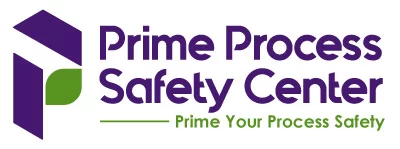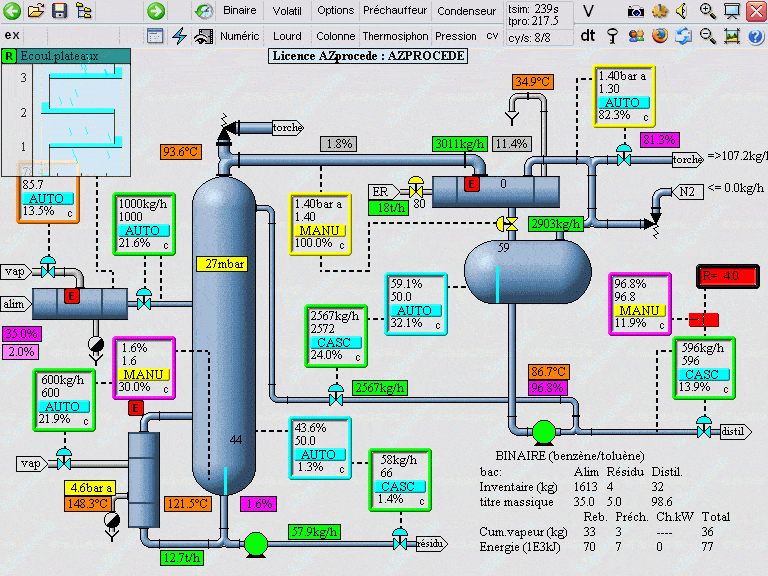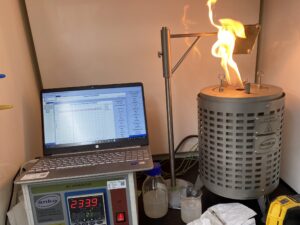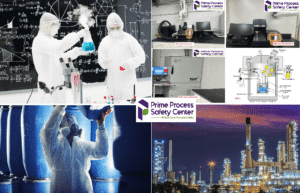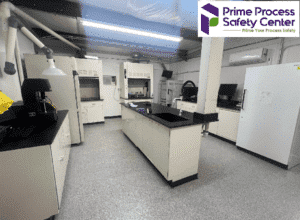We also offer
Process Dynamic Simulation for Process Safety
The application of process dynamic simulation techniques plays a vital role in enhancing process safety and minimizing the occurrence of incidents in industrial settings. By replicating real-world scenarios and simulating various process dynamics, organizations can identify potential hazards, assess risks, and implement effective preventive measures.
Understanding Process Dynamic Simulation
Process dynamic simulation is a technique that models and replicates the behavior of industrial processes in a virtual environment. It considers the dynamics of the process, including changes in variables such as:
-
Pressure
-
Temperature
-
Flow rate
-
Composition over time
By developing advanced software tools, organizations can create accurate dynamic models to test various scenarios, better understand process behavior, and identify potential safety risks.
Benefits of Process Dynamic Simulation for Process Safety
-
Hazard Identification: Identify and analyze potential hazards in a safe, controlled environment. Assess consequences of process deviations, equipment failures, or abnormal operating conditions. Early hazard identification enables timely safety measures to minimize risks and prevent accidents.
-
Risk Assessment and Mitigation: Quantify risks associated with different process conditions. Simulate scenarios to identify critical control points, test risk reduction strategies, and optimize safety system design. This proactive approach reduces accidents and improves process safety continuously.
-
Operator Training and Competency Development: Train operators effectively using simulated emergency scenarios. Enhance operator competency by allowing practice in safe environments, ensuring swift and effective responses to unexpected events.
-
Design and Process Optimization: Utilize simulation during design to identify potential safety concerns and make early modifications. Evaluate process configurations, control strategies, and equipment selections to optimize safety while improving overall process design.
-
Regulatory Compliance and Documentation: Document simulation studies and results to demonstrate regulatory compliance. This provides evidence of proactive safety management during audits, inspections, and regulatory reviews.
Why Perform Process Dynamic Simulation in Process Safety?
Process dynamic simulation offers organizations a powerful tool to:
-
Proactively identify hazards and assess risks
-
Develop effective mitigation strategies
-
Train personnel for emergency situations
-
Optimize process design and safety measures
Implementing simulation-based strategies significantly reduces accident occurrences, prioritizes operational safety, and reinforces a risk-aware organizational culture.
Why Choose Prime Process Safety Center
Prime Process Safety Center provides advanced Process Dynamic Simulation services tailored for industrial operations. Our key advantages include:
-
Advanced Simulation Techniques: Replicate real-world scenarios and dynamic interactions within complex systems.
-
Cutting-Edge Software and Expertise: Model operating conditions and potential disturbances to predict process behavior over time.
-
Industry Applications: Support for chemical, oil & gas, and manufacturing sectors to optimize control strategies and safety protocols.
-
Operational Excellence: Enhance process efficiency, resource utilization, and overall safety performance.
Partnering with Prime Process Safety Center provides strategic insights into managing dynamic process behaviors, ensuring safer, more efficient, and resilient operations.
FAQ
Q1: What is process dynamic simulation?
Process dynamic simulation is the use of computer models to simulate and analyze the behavior of industrial processes in real time. It helps to understand the dynamic response of a process and its potential safety implications.
Q2: Why is process dynamic simulation important in process safety?
Process dynamic simulation allows engineers to analyze and predict the behavior of a process under various operating conditions, including abnormal or upset scenarios. This helps identify potential safety hazards and design effective safety measures.
Q3: What are the key benefits of using process dynamic simulation in process safety?
A3: The benefits of process dynamic simulation in process safety include improved understanding of process behavior, early identification of potential process safety issues, optimization of safety systems, and enhanced emergency response planning.
Q4: How is process dynamic simulation performed?
Process dynamic simulation involves developing mathematical models that represent the key process variables, such as temperature, pressure, flow rates, and reactions. These models are then simulated and analyzed using simulation software.
Q5: What can process dynamic simulation reveal about process safety?
Process dynamic simulation can reveal information about potential process upsets, transient behavior, system response time, the adequacy of control systems, the effectiveness of safety measures, and the impact of different operating conditions on safety performance.
Q6: What software tools are commonly used for process dynamic simulation in process safety?
There are various software tools available, such as Aspen Plus, HYSYS, and gPROMS, that are commonly used for process dynamic simulation in the process safety area. These tools offer advanced modeling capabilities and robust simulation engines.
Q7: Are there specific regulations or standards that require process dynamic simulation for process safety?
Different industries may have specific regulations or standards that prescribe the use of process dynamic simulation in process safety studies. Examples include the OSHA Process Safety Management (PSM) standard and the API RP 521 standard.
Q8: What challenges are associated with process dynamic simulation in process safety?
Some challenges include obtaining accurate process data for model development, ensuring model fidelity, capturing complex dynamic behaviors, and validating model predictions against real-world observations.
Q9: Can process dynamic simulation be used for operator training in process safety?
Yes, process dynamic simulation can be used for operator training to familiarize operators with abnormal process scenarios, emergency response procedures, and the behavior of safety systems. This enhances operational readiness and improves safety culture.
Q10: Is it necessary to have specialized expertise to perform process dynamic simulation in process safety?
Yes, process dynamic simulation requires a good understanding of process engineering fundamentals, dynamic behavior of systems, and simulation software tools. It is recommended to have specialized expertise or collaborate with experts in process safety for accurate and reliable results.

